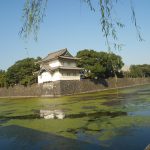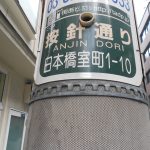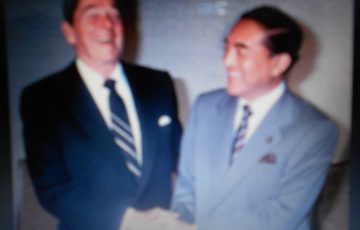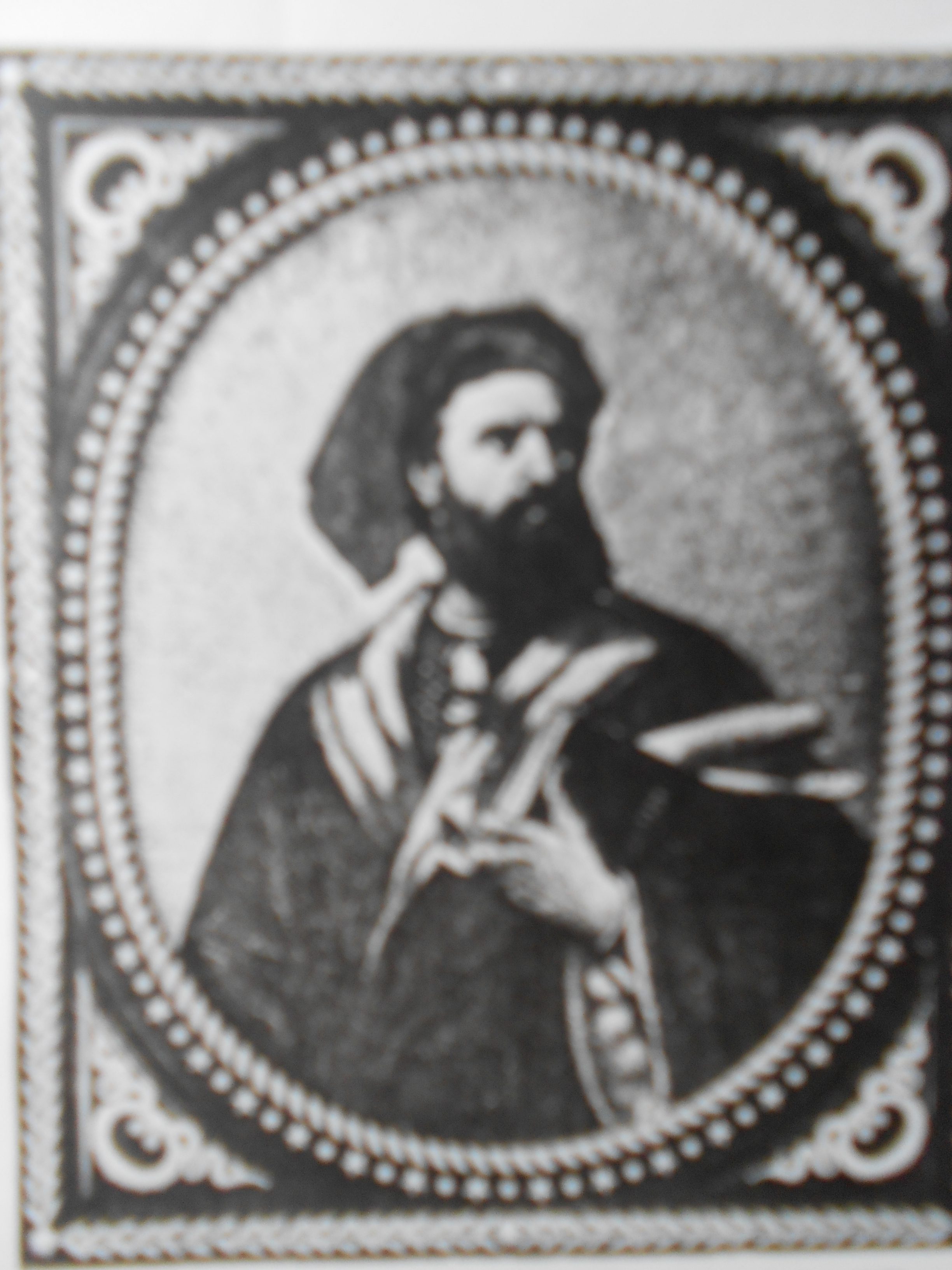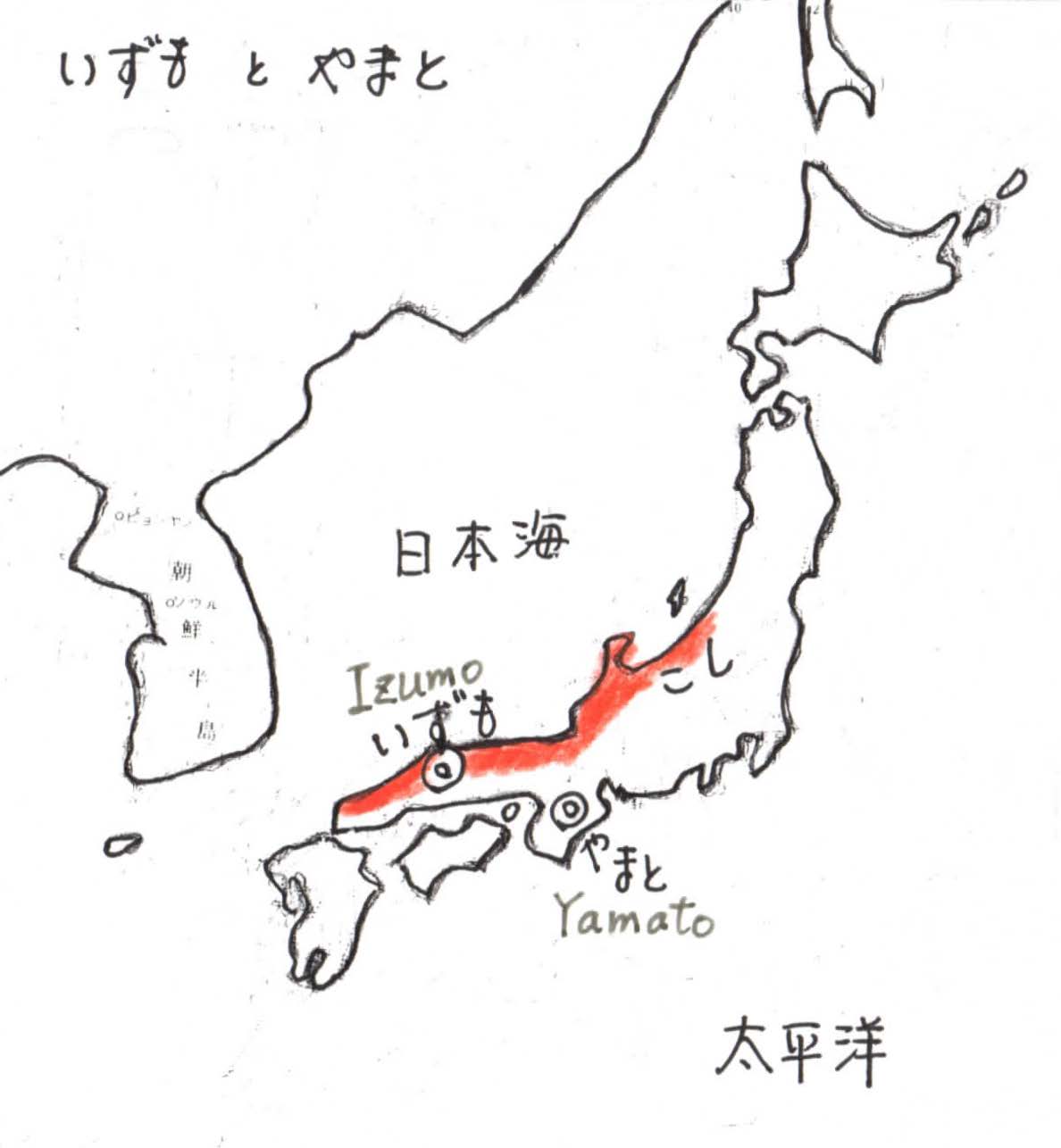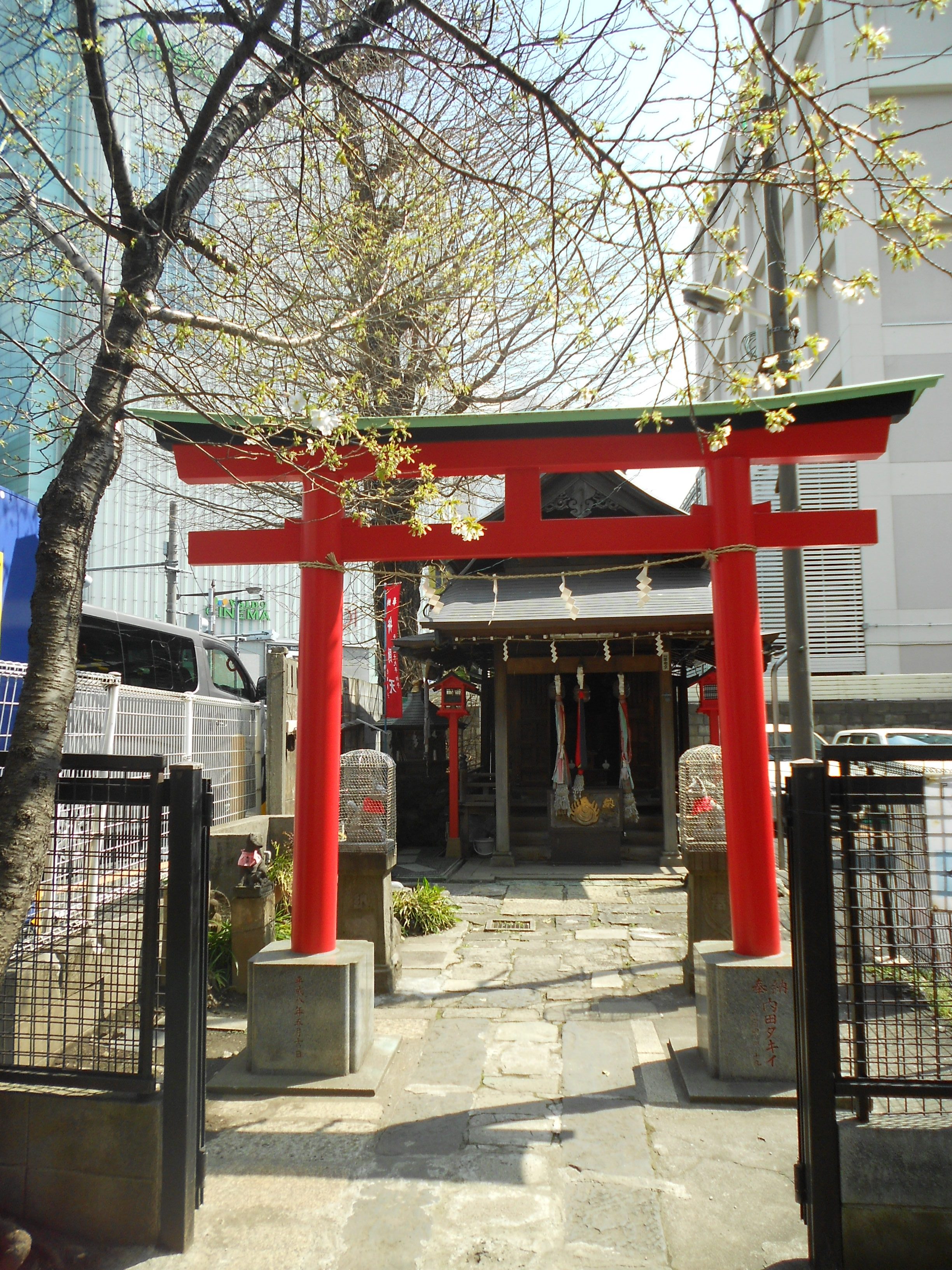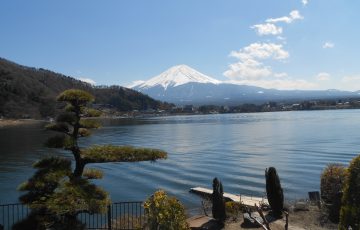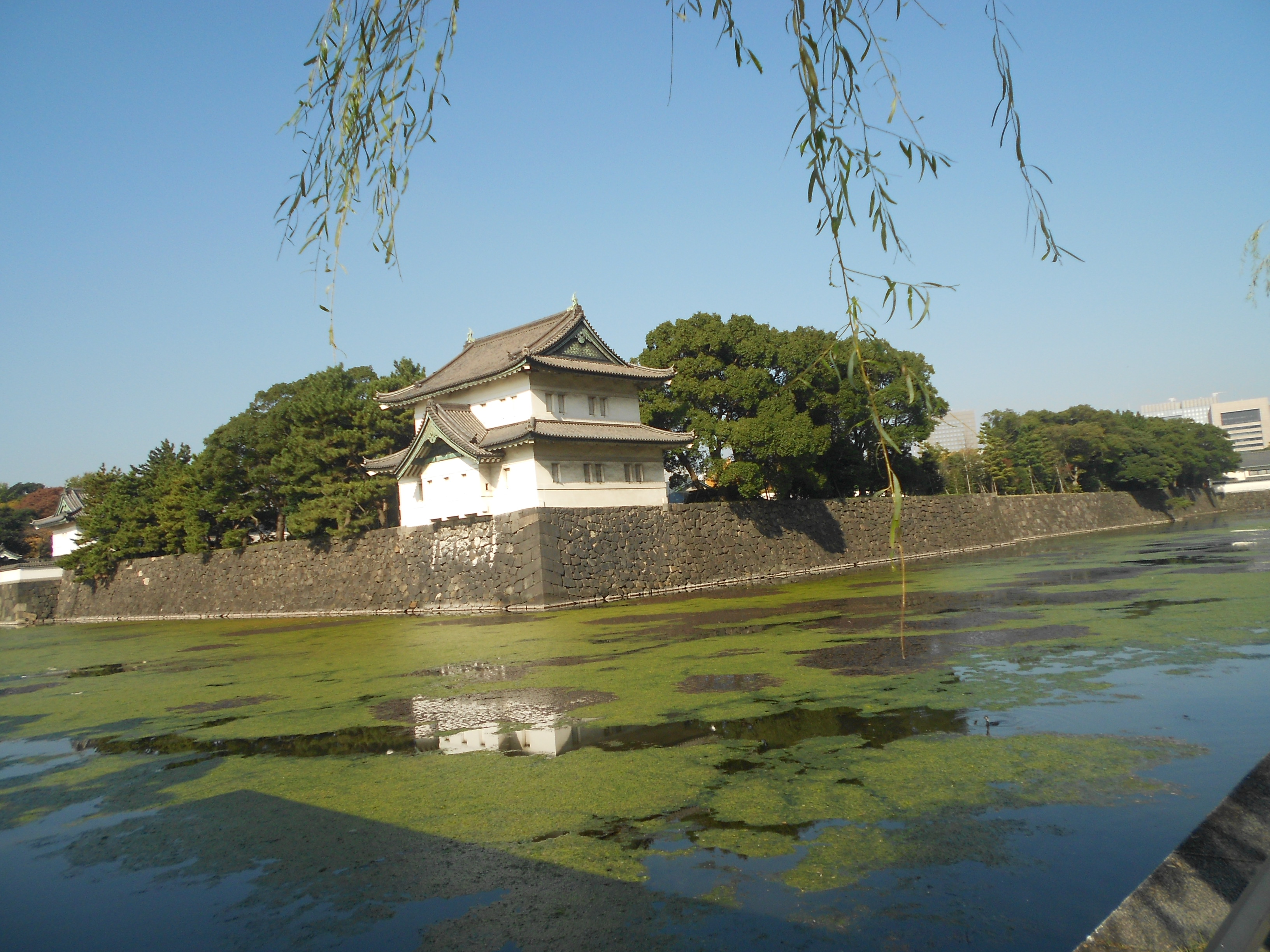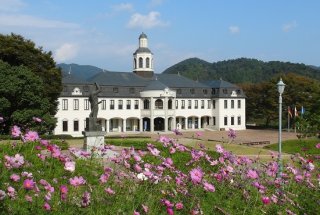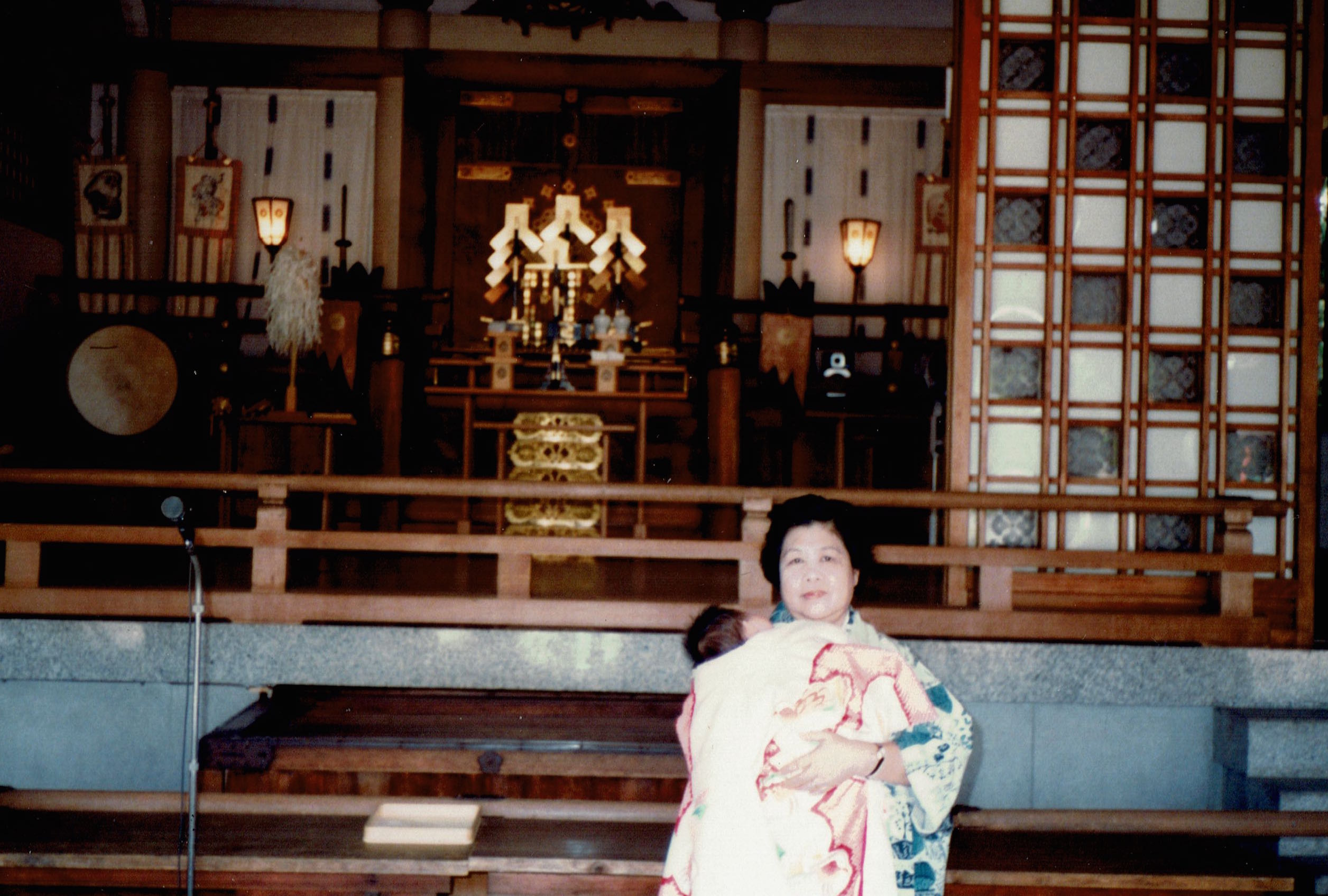☆ 1 Trading merchants and Catholic missionaries
In the 14th and 15th centuries for Europeans, the trade route to Asia was monopolized by the Ottoman Empire (Turkey), so they had to get peppers and other spices only through the merchants of the Ottoman Empire. Since the 11th century, Europeans were fighting many times for more than 200 years as the Crusades, but they could not overcome the advanced technology of Islamic powers and their overwhelming military force. Europeans were searching for a new route to trade directly with Asia.
” Is there another way?” they asked.
If they could not go by land, how about by the sea? With the development of geography and navigation, by the end of the 15th century, Portugal on the Atlantic Ocean found a new sea route around the south of African Continent to India by ship.
Christopher Columbus, sailing for Spain, thought if he could go west, he would be able to go around the world all the way to India in the east. It was the beginning of “the Age of Discovery”. Daredevil adventurers! If the voyage to Asia succeeded and peppers and other spices were obtained directly, a huge wealth should be obtained.
In this way, after many challenging adventurers, in the 16th century Portugal and Spain succeeded first to go to India, Molucca islands (Spice Islands, Indonesia) and other areas in Asia for trade.
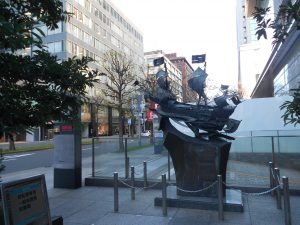
Also in the 15th century, Christianity began to have a reform movement by Martin Luther in Germany. It was called the “Protestant Reformation”. They “protested” the old Christianity.
On the other hand, Christianity until then was called “Catholic”. The Catholics felt threatened by “Protestant” forces that was becoming powerful. They should not be defeated by Protestantism. Since it was then ” the Age of Discovery”, Catholic groups went on a missionary trip to distant countries all over the world by ships.
☆ 2 To Japan
Portuguese merchants sailing in a Chinese ship came to “Tanegashima” island in the south of Kyushu to sell guns and other trade goods in 1543. And six years later Francis Xavier came to Japan as a Cathoic missionary. Trade and Christianity came into Japan together.
At that time, in the 16th century Japan was in a civil war. Many Daimyo (local lords) were fighting to enlarge their territory with a sword and a bow and arrow. If they could have guns, it would be a revolutionary advantage. They wanted to get guns. Among them, Oda Nobunaga was the first to succeed to get guns through the port of Sakai (south of Osaka), and used the guns in actual battles.
There were three big names at the end of “the age of civil war” (16C) before the Edo period. Oda Nobunaga, Toyotomi Hideyoshi, and Tokugawa Ieyasu. These three men united Japan and the last Ieyasu opened Tokugawa government in Edo (Tokyo) in 1603.
☆ 3 Oda Nobunaga (1534~1582 )
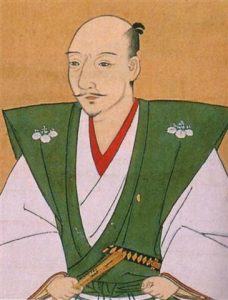
Nobunaga, who had a strong will to unite the nation, defeated Imagawa Yoshimoto for the first time with guns at “the battle of Okehazama” when he was 26 years old (1560). Nobunaga started steadily to unite all of Japan.
He used guns to win battles, and in order to defeat the mighty Buddhist forces opposed to him, he also welcomed Christianity as a new way of thinking. He heard with a fresh surprise the stories of the missionaries who came from far unknown countries, and tried to absorb the new knowledge.
☆ 4 Toyotomi Hideyoshi (1537~1598 Three years younger than Nobunaga )
After Nobunaga was attacked and killed at Honnoji temple (Kyoto) in 1582, Hideyoshi achieved unification of Japan instead of Nobunaga and he was in good relationship with missionaries at the beginning. But gradually the number of Christian believers increased to tens of thousands (*1), and they believed that the Christian god, “Deus”, was more important than Hideyoshi.
Hideyoshi felt the danger that the influence of missionaries was becoming bigger and there would be a possibility for Japan to be conquered by Portugal or Spain. He finally ordered “The deportation of Bateren (Catholic missionaries)”. (1587 ) (*2 )
Looking at other Asian countries, if the country was divided, it would be easily conquered by foreign countries. Actually, when Spain finished conquering the Philippines, next they tried to get to Japan. But it was just the timing that Hideyoshi at last had succeeded to unite Japan.
☆ 5 Tokugawa Ieyasu (1542~1616 Five years younger than Hideyoshi ) and William Adams
After Hideyoshi died in 1598, leaving only one young son, Daimyo were divided into two groups and there was going to a decisive battle.
Six months before” the battle of Sekigahara” in 1600, a Dutch ship came to Japan with guns and an Englishman, William Adams, was aboard. After talking with Adams, Ieyasu gradually trusted Adams personally and came to have a better impression on the people of the Netherlands and England than the Catholic missionaries of Portugal and Spain. (*3 )
Ieyasu won the battle of Sekigahara and he became the most powerful person in Japan.

In the 16th century Catholic countries, Portugal and Spain, were leading the world, but in the 17th century emerging Protestant countries such as the Netherlands and England were increasing their influence. The Netherlands had a base in Indonesia, and England had bases on the coastal areas of India. (*4)
At first, Ieyasu tried to enrich the whole country with trade, since Japan was in financial difficulty by Hideyoshi’s invasion to Korea. Actually there were great merchants such as Chaya Shiro Jiro who went as far as Vietnam to trade.
But Christianity was dangerous. In 1612, Ieyasu ordered the destruction of the chapels in Edo (Tokyo ), Osaka, Kyoto, Nagasaki, and the deportation of the missionaries.
☆6 Ieyasu wanted to ban Christianity but the profits of trade
Although Ieyasu wanted to ban the Christianity, he wanted the profits of trade. In order to prevent an excessive silver outflow, he did not allow other Daimyo to trade freely. He wanted to continue the trade as a monopoly of the Tokugawa government.
The Netherlands and England were not enthusiastic about disseminating Christianity, but they were in Japan for trade, which was convenient for the Tokugawa shogunate. In 1616 the trade with European countries was restricted only to the port of Hirado and Nagasaki in Kyushu, but the Dutchmen and the Englishmen were struggling in their small community.
Ieyasu was trying to make England a trading partner because of William Adams. But Adams was more friendly with the Dutch than the English. He was on the side of the Dutch. Trade was discontinued with English East Indies Company in 1623.
Also with the change of the power balance in the world, finally the Tokugawa government decided the Dutch East Indies Company as a European trade partner.
It was lucky for Japan that the Netherland was chosen as a trade partner country, which became a less powerful country afterwards, not England which became a more powerful country later.
In 1641, the Dutch business office in Hirado was transferred into the small Dejima district in Nagasaki. Only the ships of the Dutch East Indies Company were allowed to come only to Nagasaki port and Christianity was completely prohibited.
☆ 7 After all, 100years
Since the Portuguese first came to Japan in 1543, Japan was influenced by European culture for about 100 years. In terms of words, we are still using some words from Portuguese and Spanish, such as “pan (bread), cop (cup), kappa (raincoat), carta (card), tempura, castella, pin to kiri (from one to ten)” .
After Japan was closed in 1641, for more than 200 years in Edo period, information from outside the world was obtained only from Dutch ships, Chinese merchants and Korean correspondents who visited Japan occasionally.
In a word
Tokugawa government wanted to ban Christianity but wanted to trade. They monopolized the trade with only one European country. It seems that the personal friendship between Ieyasu and Williams Adams had a big influence on the decision to the Netherlands.
――― (*) ———
*1 It was said that there were about 200,000 Christians mainly in Kyushu.
*2 “Bateren” is from a Spanish word “Padre (Father in English)” and the Japanese people pronounced “bateren”.
*3 See “ 10. Who was the English seaman who inspired ‘ Gulliver’s Travels ‘? “
*4 East Indies Company in England established in 1600. When they saw the Netherlands travelling to the East, they got a patent from Elizabeth I and sent the first dispatch of ships in 1601. Commander John Saris came to Japan in 1613 in the 8th dispatch fleet. ( See “10. Who was the English seaman who inspired ‘Gulliver’s Travels’?”)

